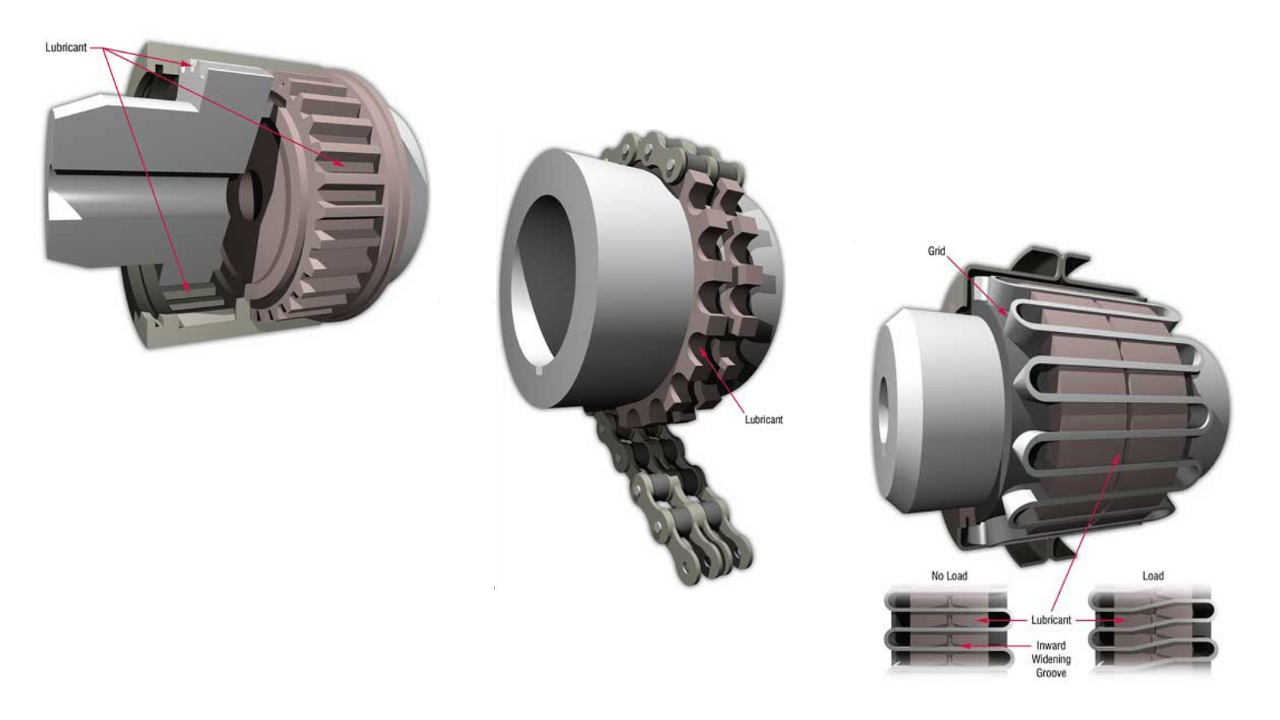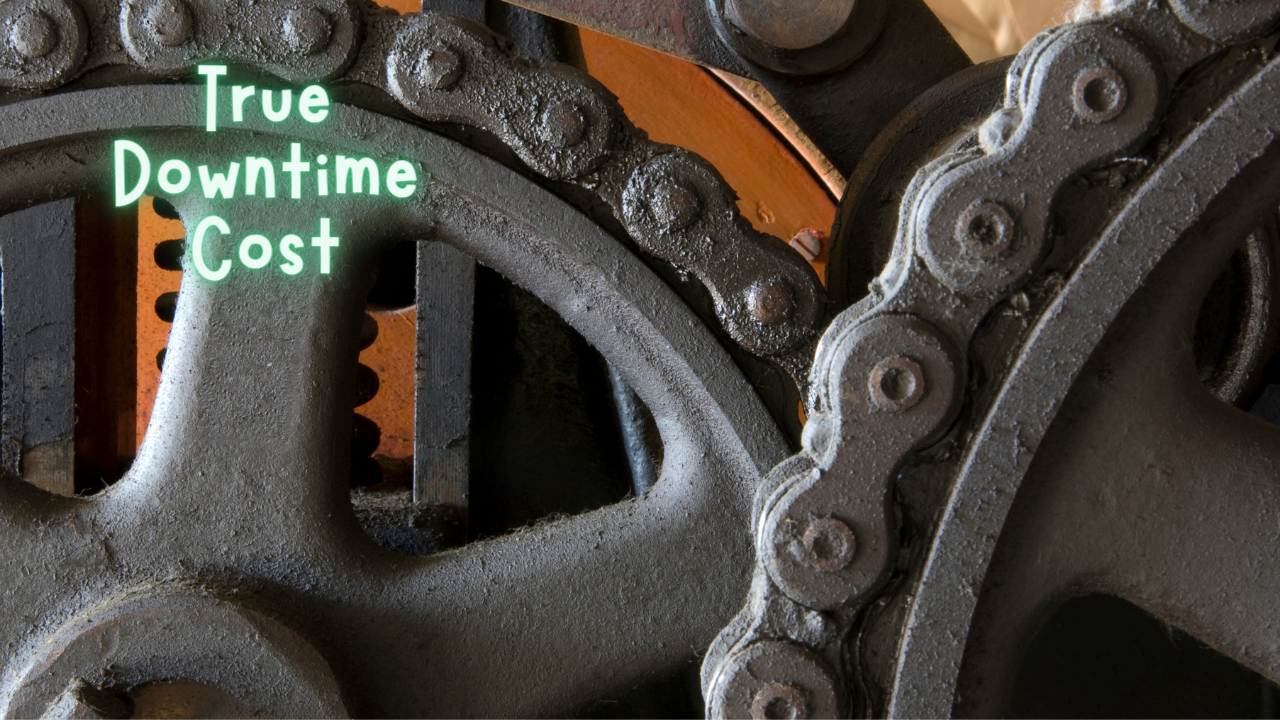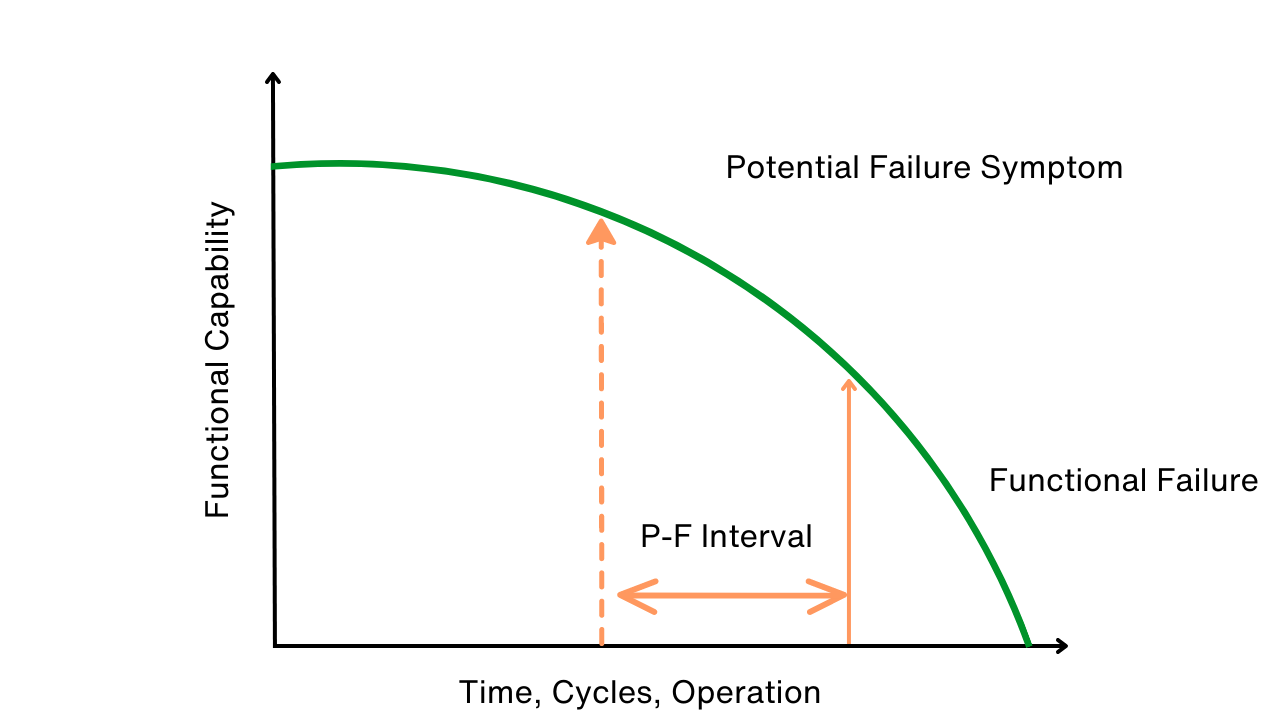Industrial Steam Cleaning
John Deardorff, Superior Coatings Company
Posted 8/3/2023
Introduction to Industrial Steam Cleaning
Industrial steam cleaning (and all steam cleaning) provides a number of benefits compared to traditional cleaning practices. When the “true costs” of maintenance cleaning are taken into account. True costs include all labor, equipment, and supplies plus the added value of quality cleaning for high value assets.
Power washing is widely used to remove visible dirt and grime from equipment. It is simple to use, doesn’t require complicated equipment and provides fast service for normal soils.
Performance is based on the following:
- High pressure 2500 to 5000 pounds per square inch
- Water usage 2.5 to 10 gallons per minute
- The use of chemical soaps to break the bonds of soils to surfaces
- High pressure can damage paints, parts, and exposed electronics also, large waste water amounts can contaminate groundwater reserves
Steam cleaning replaces high pressure, water usage, and chemical soaps with the principles of thermal dynamics where heat, temperature, and energy are used to improve cleaning quality.
How it Works
Water heated in open container boils at 212°F but, in the sealed chamber of a steam cleaner temperatures can be increased to 325°F and still not boil. This is because water can’t boil or produce steam unless it’s allowed to expand. When this water is released from a steam nozzle and comes in contact with normal atmosphere pressure it instantly expands into millions of tiny water droplets. At this point, water molecules have their highest concentration of cleaning energy.
Steam heat causes water molecules to move faster, collide, and move farther apart. This reduces the number of molecules in given space compared to cold water. Reduced density increases the solubility of water and its impingement force to dissolve and dilute soils, grease, and oils at the microscopic level.
Advantages of Industrial Steam Cleaning
- Removes dirt, grime, grease, and oils at the microscopic level
- Will not damage paints, parts, or exposed electronics
- Reduced water usage
- Eliminates or reduces the need for chemical detergents
- Improves normal maintenance repairs and parts replacements
- Environmentally friendly
Soluble Salts
In addition to removing visible soiling, industrial steam cleaning has the potential to remove invisible contaminants known as soluble salts. Salts are industrial waste products including chlorides, sulfates, and nitrates and contribute to acid rain pollution. Salts are defined as conductive chemical compounds that dissolve in water to produce corrosion. Soluble salts are a product of vehicle exhaust, power plants, and chemical production. Even natural lightning can convert atmospheric nitrogen into nitric acid.
Salts are hygroscopic meaning they absorb moisture from the atmosphere. When soluble salts combine with moisture they produce carbonic, sulfuric, and nitric acids which damages paints and accelerates corrosion. Salts exist in two states: free and reactive. In a free state they can be removed by pressure washing and amine based detergents but, in a reactive state salts have achieved an electrochemical bond with surfaces that is extremely hard to break.
Soluble Salts and Industrial Steam Cleaning
Normal dirt contains 25-30% water, 45% minerals, 20-30% air, and 5% organic matter. Soluble salts are attracted to moisture which indicates a large percentage of salts are absorbed in dirt and grime. Generally, a coated rust free metal surface has a low concentration of moisture. A program of steam cleaning prevents the build up of soils containing soluble salts and limits their reaction with the metal substrate to produce corrosion. Note: a truly cleaned surface free of soluble salts will not rust for thousands of hours no matter the relative humidity.
Industrial steam cleaning is highly effective for extending the life of factory applied coatings. Virtually all factory finishes contain microscopic cavities known as capillary structures. When a product is new these defects are very small in size but, after exposure to sunlight, weathering, any other environmental conditions, capillaries increase in size. This increases the coating’s permeability of moisture and oxygen and eventually leads to corrosion.
Permanon Nano Coating
Whole life cleaning costs can be dramatically reduced by preserving steam cleaned surfaces from excessive resoiling. This can be accomplished with a micro-thin clear coat technology based on nano science or the creation of materials at the nano level or one billionth of a meter. Nano coatings create a surface condition similar to hardened glass. It is chemical stable, resists moisture, and dust and dirt will not bond to treated surfaces. This creates a coating that is easier to clean and stays clean longer by surface modification at the microscopic level.
The main component of many nano coatings is silicium, also known as silicone, a refined component of glass and the same material used to produce modern computer chips. Silicium bonds to surfaces by electrostatic attraction due to the positive charge of silicium nanoparticles and the negative charge of the base material. No cure time is required. As soon as silicium comes in contact with a surface the curing process is complete.
- Silicium
- Periodic Table Symbol Si-14
- Atomic Number 14
- Mohs Hardness 7
- CAS-Number 7440-21-3
Steam cleaning and nano coating applications provide a cost effective solution to coating erosion caused by ultraviolet exposure. Known as photo-oxidation, 6% of sunlight is composed of ultraviolet radiation. This causes the resin binders in coatings to degrade leaving the pigments exposed to the environment. This creates surface defects known as capillary cavities. In the beginning, capillaries are very small but, as the coating is exposed to additional sunlight and weathering this increases capillary size and increases the permeability of coatings to moisture and oxygen.
Steam cleaning with special additives remove damaged resins and exposed pigments to produce a suitable surface for nano coating protection.
Industrial steam cleaning removes resin damage and exposed pigments then, replaced with silicium nanoparticles. This protects the integrity of the original coating application and prevents under-film corrosion activity.
Material Costs
Permanon is packaged as a concentrate and is mixed with distilled water at 5 to 10 percent ratio by volume. Coverage can exceed 2500 square feet per gallon which is more than 10 times the coverage rate of traditional coatings. This relates to a material expense of a few cents per square foot for a single coat application.
Conclusion
2002 Government report stated the cost of corrosion to the United States economy at $552 billion based on 6.2% of National GDP valued at $876 trillion. Corrosion causes unplanned repairs, production downtime, and early replacement expense for high value products and steel structures. In 2020, the GDP totaled 20.94 trillion. Using the Government’s equation this produced a new corrosion total of $1.2 trillion, a $648 billion increase over the 2002 amount.
Transportation, construction, and farming industries account for a major percentage of corrosion costs but, current coating standards may not apply to these industries due to design features, job size, or profit opportunities for professional painting service.
Steam cleaning and Permanon surface protection provides cost effective solutions for industries where strategic maintenance reduces the conditions that cause corrosion rather than dealing with their effects.
James R. Deardorff is a NACE and SSPC member and the president of Superior Coatings, a contract painting company located in Chillicothe, Mo. With almost 20 years of experience in its field, Superior Coatings specializes in the application and maintenance of protective coatings for equipment, structural steel, and concrete. Deardorff is a distributor for protective coatings and NDT inspection equipment. He has also written more than 50 articles and papers on coatings, abrasive blast cleaning, and surface maintenance programs.
Related Articles

Keys for Effective Troubleshooting
Analyzing Semiconductor Failure

The Lubrication Requirements of Couplings

What is the True Downtime Cost (TDC)?

Improvement: What Comes First?

Use P-F Intervals to Map, Avert Failures




